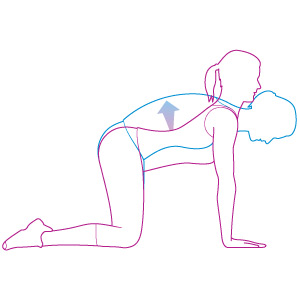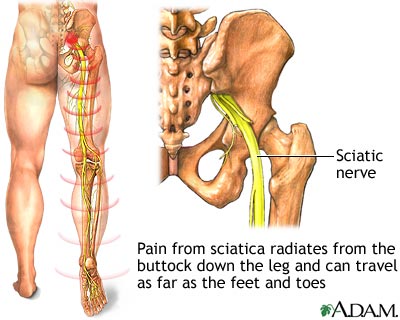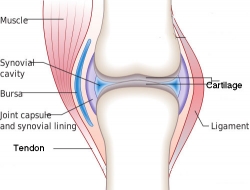Our brain circuit is a very complex subject involving a great deal of biological, cognitive and social functioning. Brain produces different chemicals that causes the feelings of pleasure and pain. When certain part of the brain is “turned on” or “turned off” , we fell pleasure or pain. We feel pleasure when we we enjoy something like eating good food or being in love. Our brain has its own reward system. When we do certain things, the brain rewards us by making us feel good. Reward is a great way to encourage us to do something repetitively. Similarly, there is a pain circuit in the brain. When certain things happen in our body or mind, the brain punishes us by developing bad feelings, so that we should not repeat that next time. Yoga and meditation helps people consciously control the perception of pain and pleasure. The new understanding and perceptions relieves pain. During pain the blood vessels serve as a radiator to cool the brain, overheating can cause neuron death.
Five Yoga Exercises as Pain Management Techniques:
#1: Observe your normal breathing patterns
Try to observe your normal breathing patterns. Do not try to control, remove or diminish your negative sensations or the private events of your life. Try to accept the unpleasant sensations or thoughts while still persisting with your chosen tasks.
#2: Breathing Exercises:
You can breathe into the area around the pain sensation or around the belly. Yoga literature proposed several breathing techniques to overcome pain. The easiest one is; place one hand on the chest and another on the belly. Take a slow and deep breath, take as much air as possible. You can press the belly a little bit, with one hand. After holding the breath for a few seconds, exhale slowly. Meditation with proper breathing is the most common relaxation and pain management technique.
#3: Present Moment Awareness
Present moment awareness is the most efficient and the most ancient meditation technique for pain management. Yoga literature is flooded with present moment awareness meditation techniques for pain management. You can just bring your awareness to the activities you are doing. Khechari mudra is a great way for pain management. If the khechari mudra is perfect, one can withdraw the mind from the body.
#4: Yoga Nidra for Pain Management
Yoga nidra is a very ancient meditation technique for pain management. In modern literature there are various forms of muscle relaxation techniques. This technique involves slowly tensing, briefly holding, and then releasing each muscle group in a systematic fashion. It starts with the muscles in the toes and moving upward. During this exercise, the person should notice the differences between tension and relaxation.
#5: Meditation and Visualization for Pain management
Visualization involves imagining a scene in which you feel at peace, free to let go of all tension and anxiety. You may meditate with eyes open or closed. Select a simple geometrical shape or symbols, with some specific color. Think of something which may be symbolically meaningful for you in some way. For example, you can select some green circles. You can chant any mantra of your choice during visualization meditation.
Meditation and prayers are the great ways to overcome pain. Acceptance is very important in pain management. Mentally, you may say, “It is unpleasant but I can accept it”. Pain is always unpleasant but mediation changes the nature of pain before it is perceived.
Sources:
1. “Meditation: Insights and Inspirations” By Amit Ray
2. “Handbook of Pain Management: A Clinical Companion to Textbook of Pain” By Ronald Melzack
 Follow
Follow


